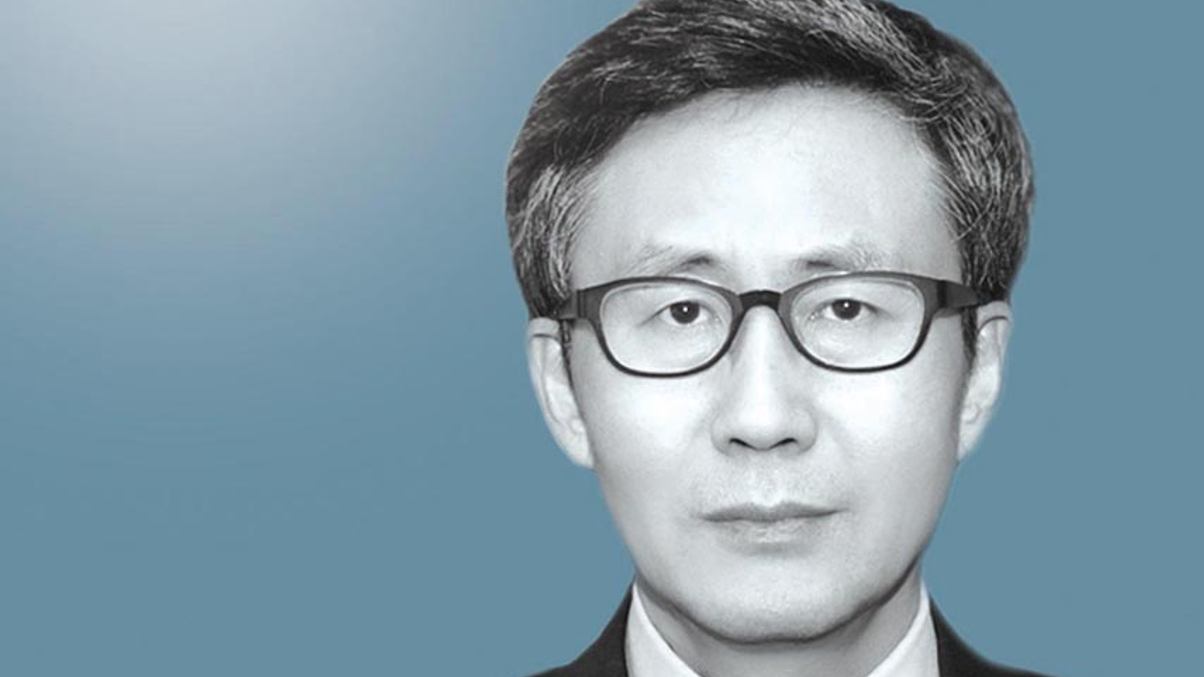Top 20 pension execs: Kang Sung-Seog, Ian Patrick
We are identifying 20 outstanding executives who are driving the region's pension funds forward. Today, we feature leaders from Korea's KTCU and Australia's Sunsuper.

At a time when Asia Pacific’s pension funds need to modernise, expand and improve, having high calibre professionals in key roles will be vitally important.
Sign In to Your Account
Access Exclusive AsianInvestor Content!
Please sign in to your subscription to unlock full access to our premium AI resources.
Free Registration & 7-Day Trial
Register now to enjoy a 7-day free trial—no registration fees required. Click the link to get started.
Note: This free trial is a one-time offer.
¬ Haymarket Media Limited. All rights reserved.


